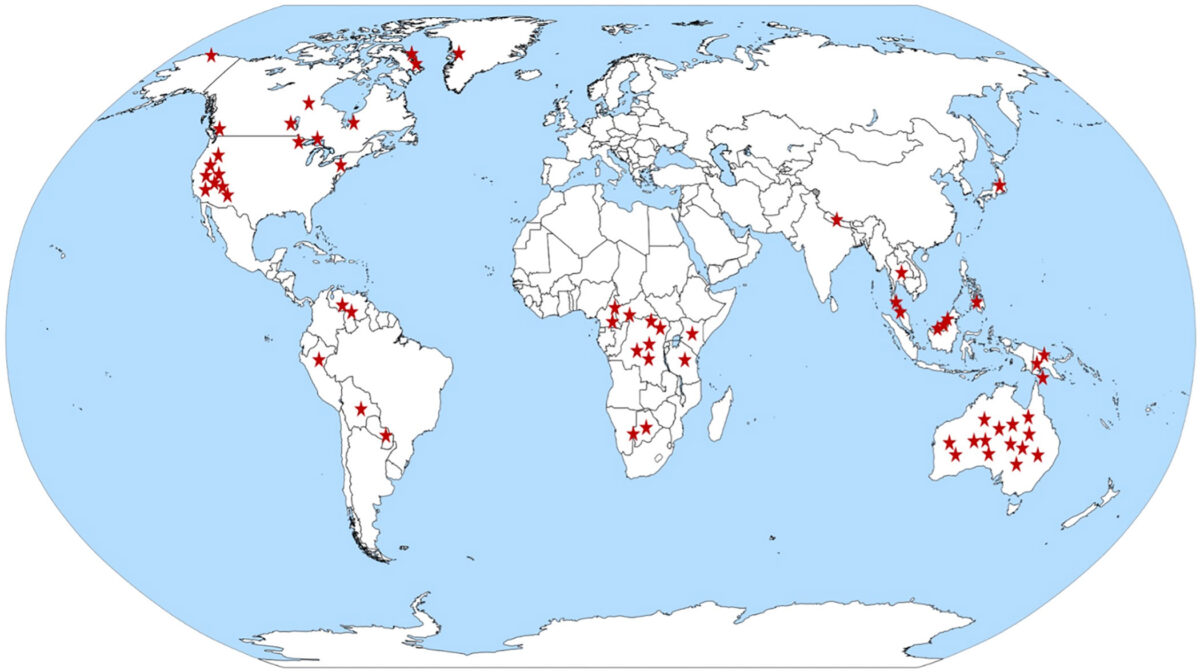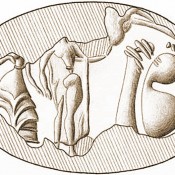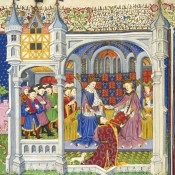In our perception of the typical division of labor in hunter-gathering groups, men would be the hunters and women would be the gatherers. Still, recent research has challenged this view, bringing forward evidence that not only women would kill animals coming their way but also hunt them on purpose.
In detail, a Seattle Pacific University-based team of researchers led by Cara Wall-Scheffler considered mixed evidence from the past one hundred years seeking to investigate women’s activity and social role in foraging societies. The results were published in an article in PLOS ONE under the title “The Myth of Man the Hunter: Women’s Contribution to the Hunt across ethnographic contexts” (June 28, 2023).
Initially, the team gathered and evaluated literary data entries concerning 391 foraging societies, which were found in the ethnographic database D-PLACE but also in other sources. The sample was then narrowed down to the 63 societies for which more reliable data could be acquired. Of these 63 groups, nineteen are found in North America, six in South America, twelve in Africa, fifteen in Australia, five in Asia, and six in the Oceanic region.
As it is explained in the article, evaluating had its challenges:
“Ethnographic reports needed to include explicit information, in the form of tables or sentences that females went on hunting trips, and were involved in tracking, locating animals, and helping with the killing if applicable. Given that there is a difference between the phrase ‘women went hunting’ and ‘women accompanied the hunters’ it should be noted that we were looking for phrases along the lines of ‘women were hunting’ or ‘women killed animals,’ not references to the idea that women might be accompanying men “only” to carry the kills home, though obviously this does happen as well’.
However, the team managed to determine the frequency of women hunting, the methods they used for hunting, and even the size of the game. In particular, of the 63 societies, 50 of them had documentation on women hunting and 45 on the size of the game hunted by women. In societies where women were hunting intentionally, all sizes of game were hunted, with large game pursued the most. Women’s hunting also required skill, connected with the use of dogs, and a specialized toolkit. Finally, in half the number of the societies with good evidence of female hunters, children would accompany the women, while child-bearing status was, by no means, an obstacle for women’s hunting activity, as children would follow the adults.
The results agree with archaeological evidence from throughout the Holocene (aka the last 11.700 years), supporting that women from a broad range of cultures intentionally hunt for subsistence throughout the Homo sapiens lineage. At the same time, they challenge the view of “many authors asserting the pattern of women hunting may only have occurred in the past”. In general, as the team states, the results “aim to shift the male-hunter female-gatherer paradigm to account for the significant role females have in hunting, thus dramatically shifting stereotypes of labor, as well as mobility”.





